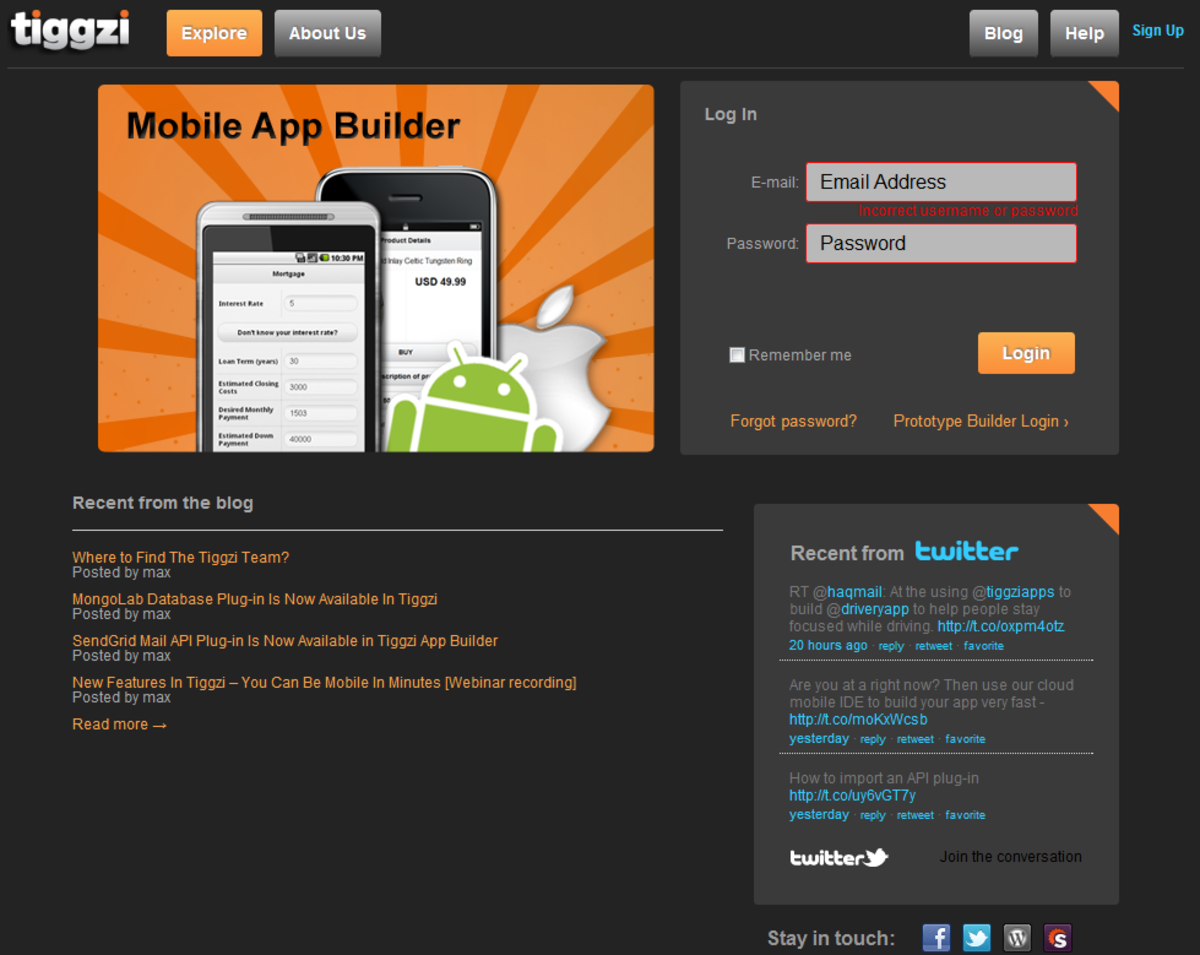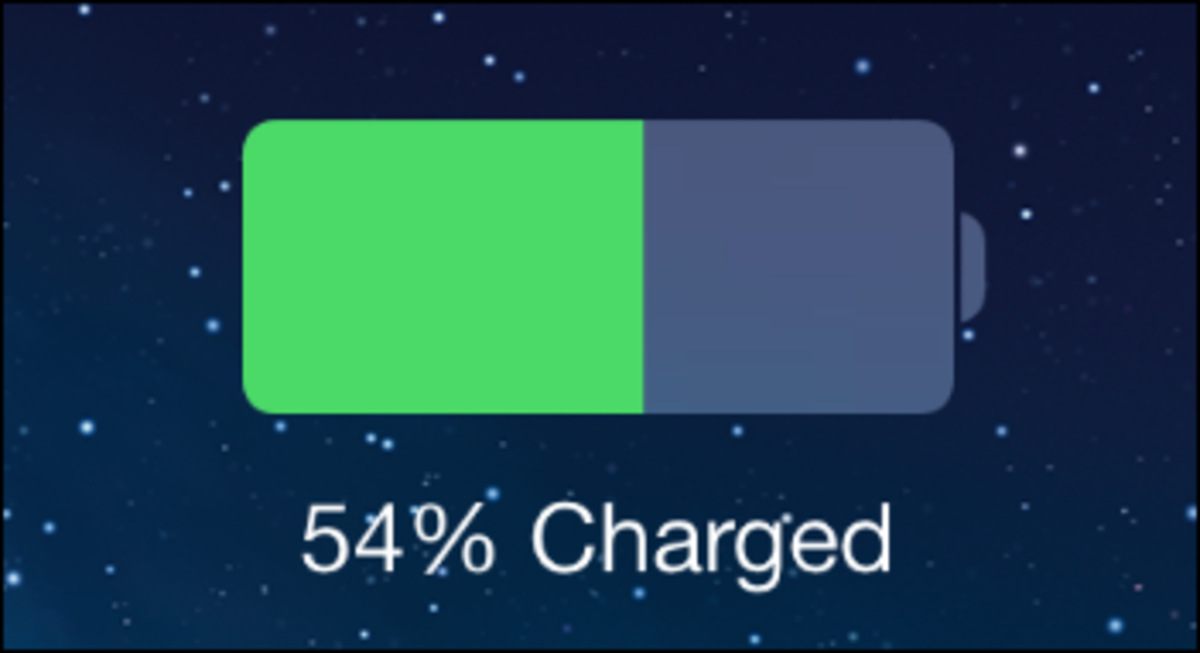- HubPages»
- Technology»
- Communications»
- Smartphones
Managing Your Email On Your iPhone
iPhone is the best mobile phone in the world. It is best because this phone have some unique features that others do not have. That's why people use this starting from the morning. It can be used for everyday needs for everyone. Sometimes it serves people in such a way that we cannot believe about that. In my sense, emails are very good friends for people. So, without emails life could be hell. For normal and professional peoples, mails are very much helpful things. That's why everyone want to stay up to date about the emails. iPhone can do a lot more to stay up to date for emails.
Some important settings you should be aware of for managing your email on your iPhone. Let's go into Settings > Mail, Contacts, Calendars and scroll down to the items under the Mail heading. You can control to some extent how many messages are stored in your email inbox on your phone. By tapping, you can choose to save between 50-1000 of your most recent messages. If you're using IMAP or Exchange Email, your older messages will still be on your server and accessible from your phone by scrolling down to the bottom of your email list, and tapping Load More Messages. We can see this if you go back to Mail, looking one of your inboxes, scroll down. You can see you have a Load More Messages link and that there are 270 messages total. Tapping that will load the next selection of messages. Now, before you go back to Settings, note how each of your messages displays two lines of text from the body of the email. This lets you preview the contents of the email before you open it. Let's go back to Settings. And here, I'll tap Preview. You can choose to preview between 0 and 5 lines of the body of your email. Just be aware that the more lines you preview, the more space each message will take up in your list, meaning, you might have to spend more time scrolling to get to older messages.

Next, you will have the option to turn the 'To' and 'CC' labels on and off. Turn it on. Then go back to Mail to see the results. Notice that places a little 'To' label in the Preview area of the email. This is a quick way to see if the email message is addressed to you, or if you were CCed on the email, you'll see a little CC there. And that can help you prioritize which emails are the most important. Generally, the ones in which you are in the 'To' field might be the ones you want to get to first. Then go back to Settings. Next, you'll have Ask Before Deleting, which just determines whether you get a message asking you to confirm do you want to delete a message when you tap the Trash button in mail. Next, you'll have Load Remote Images. If the emails you receive contain embedded images, that require mail to load them over the Internet, your setting here determines whether Mail will do so or not. Some people prefer not to download things like company logos, and other sorts of images that may appear in the emails you receive. Next, you'll have Organize By Thread, and that's on by default. Here's an example of a threaded message. This lets you keep related messages grouped together when viewing them in mail. That way, you can easily read through a multiple email conversation even one that occurs over several responses over several days without having to scroll through your inbox in chronological order. Threaded emails keep all the responses in one thread. You can recognize threaded emails when a number appears to the right side of the preview area. Next, you'll have Always Bcc Myself. With this option on, any email you send will also be invisibly sent to yourself. Some people like this option, so they always have a copy of any email they send out, but I think that's what the Sent folder is for, and I refer not to clutter up your inbox with emails you wrote yourself. So you can leave this off. Next, you'll have Increase Quote Level. When you reply to an email, the email you're replying to is automatically included in your response. So, for example, if you go back to Inbox, and you reply to a message, you see the previous email is indented, and the one prior to that, is indented even further. So, Increase Quote Level just indents the quoted email, so your recipients can easily see which part of the message is your reply, and which part is their original message. Next is Signature, which is the text that appears automatically at the end of any email you send. The default message will be sent from your iPhone Some people like to put their full names here or their phone number. Just tap in the field to make any edits.
Whatever you put here, I suggest keeping some kind of message to let people know you sent your email from your iPhone which could explain why your reply was short, and it also makes the occasional typo a little more understandable. But basically, anything you type in here will appear in the email messages you send. New to iOS 6, you can also create individual signature lines for each email account.
Just tap Per Account. So, for instance, you can place your contact info in your work email address and maybe a goofy or inspirational quote in your personal email address. Also, you're always free to clear these fields if you don't want a signature at all, or you can leave the signatures here, and delete them from any individual emails you write where you don't want the signature included. So you can see 'Sent from my iPhone 5' in the message. But you can easily delete that. You can also leave this set to All Accounts. And the last setting here is Default Account. You can choose which of the multiple email accounts you may have will be the default account you send messages from. You can select your iCloud account. So, if you go back to Mail, you can see in the 'From' field that your something@me.com address is the one being used. That's your iCloud account. But remember, you can always tap the 'From' field and choose to send the email from any of your other accounts. If you're in the inbox of any of your accounts, tapping the Compose button places the address of the account you're currently in, in the 'From' field. And speaking of multiple accounts, if you ever need to deactivate an account, maybe it's the weekend and you don't want to receive any work emails, go back into Settings, back into the main Mail, Contacts, and Calendars area, and tap the account you want to temporarily turn off. If it's an IMAP, iCloud, or Exchange account, slide the Mail switch to off. If it's a POP account, slide the Account switch to off. That hides the account in mail and your device won't look for anymore new mail from this account until you turn it back on. But all of your currently stored emails and settings for this account will remain on your device. They will just be inactive until you turn the account back on. If you really want to completely delete an account off your phone, maybe you just don't use that address anymore, scroll down, and tap Delete Account. But be aware that this will erase all messages and settings pertaining to this account. So, make sure you really do want to delete the account, and not just make it inactive. So, those are the settings you should be aware of for using the Mail app.





